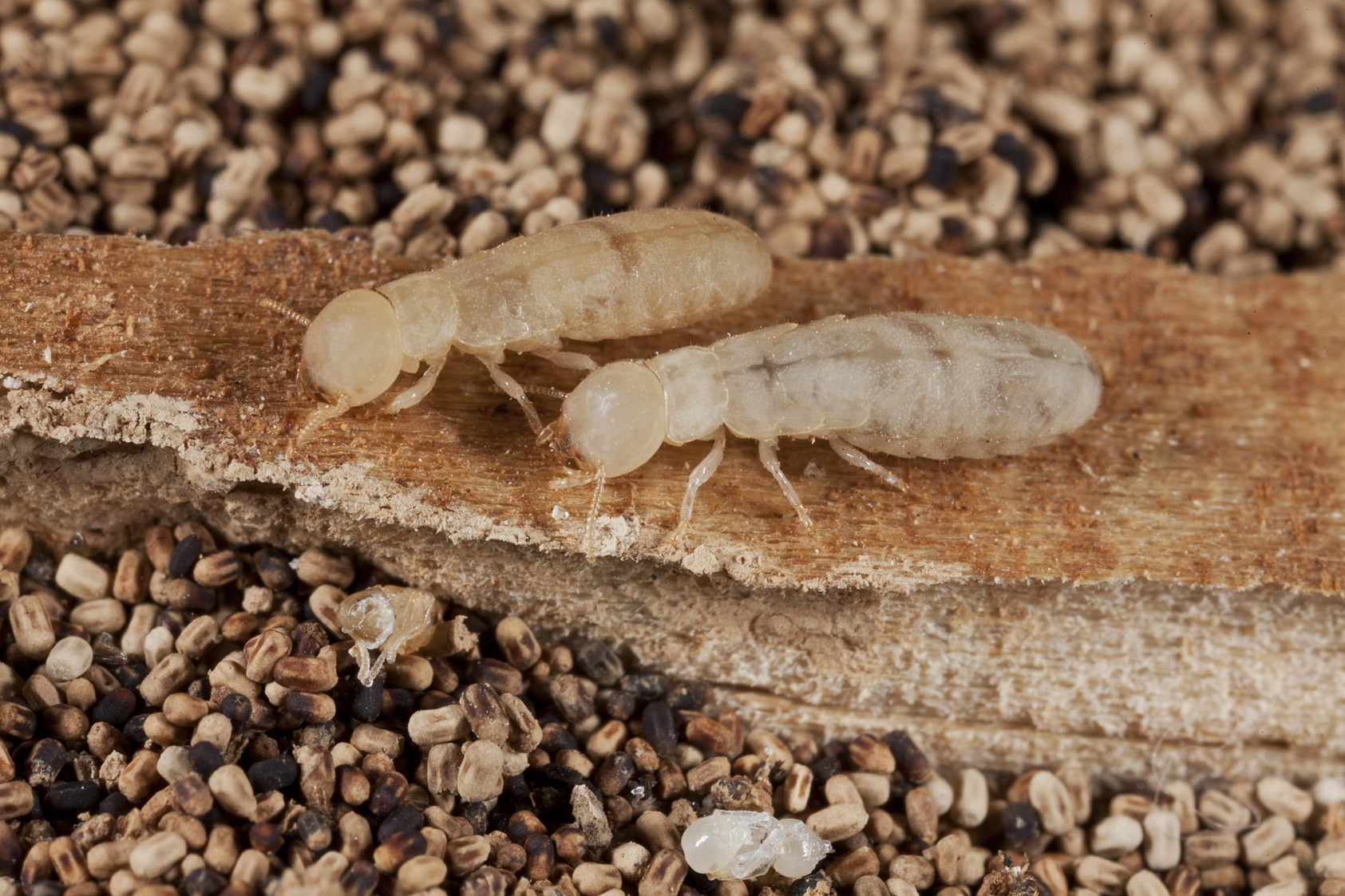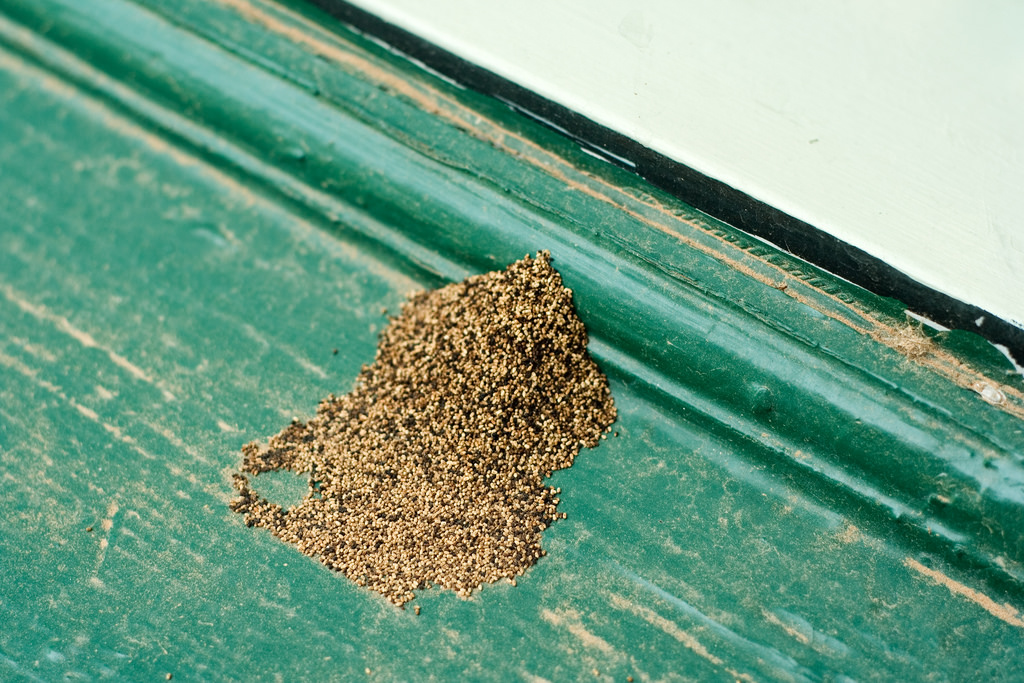Hungry, Hungry Drywood Termites
Have you ever heard of anyone that can eat 24 hours a day without ever slowing down?

Most likely your answer is no, but the fact of the matter is, that is exactly what a drywood termite can do. They never stop eating.
Overview of Drywood Termites:
Drywood termites are social insects. They infest dry wood, like that found in attic framing. Unlike most termite species, drywood termites do not require contact with the soil. Swarming drywood termites fly into structures and infest wood directly.
Habits:
Drywood termites feed on cellulose, which is most commonly found in the wood framing of a building and in furniture. They typically first infest exposed wood such as window and door frames, trim boards, eaves, attics and crawl spaces. Even with colonies up to 2,500 members, they remain hidden in the wood where they are feeding and are very seldom seen.
Threats:

One sign of a drywood termite infestation is pellets of partially digested wood. These pellets are hard, less than 1/32″ long, oval shaped and have 6 concave sides. These pellets are pushed out of galleries where the termites are feeding and are found on surfaces beneath the infested wood. They may resemble little piles of coffee grains. If you look directly above the pellets you will see little holes made by the termites to “kick” the pellets out of the galleries.
Prevention:
- Avoid wood-to-ground contact around the perimeter of your home.
- Routinely inspect your home for signs of drywood termites. Pay special attention to window/door frames, trim, eaves, siding and attics.
- If you suspect you do have a termite infestation, make sure to schedule a free termite inspection to have a professional come out to look at it right away!
Don’t panic! Termites work slowly and the structure will not be extensively damaged overnight. Massey Services provides comprehensive termite control services throughout the Southeast, United States.